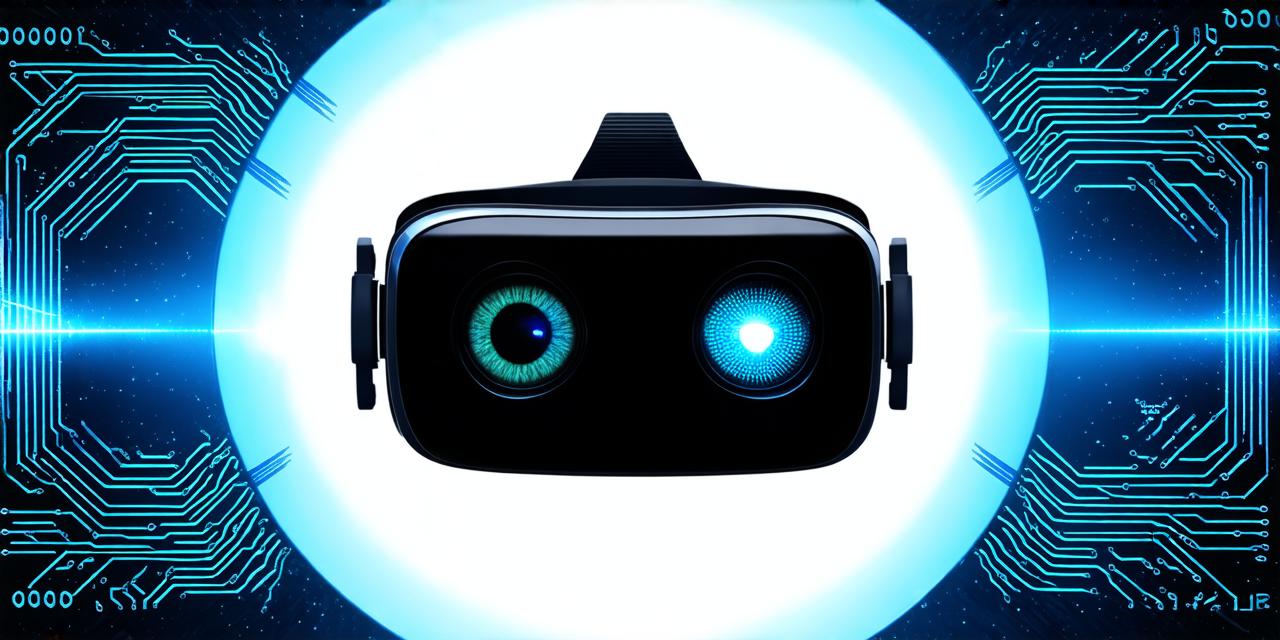
Is Virtual Reality Harmful for Your Eyes?
<!DOCTYPE html>
Understanding Virtual Reality and Its Impact on the Eyes

Virtual reality technology works by simulating a 3D environment that surrounds the user and immerses them in an artificial world. This is achieved through a combination of headsets, sensors, and displays that track the user’s movements and adjust the virtual environment accordingly.
While VR can be a highly engaging and immersive experience, it also raises several questions about its potential impact on human health, particularly the eyes.
One of the main concerns with VR is the risk of eye strain and discomfort. This is because VR requires the user to maintain a fixed gaze on a virtual object or environment for extended periods, which can cause tension in the eye muscles and lead to fatigue. Additionally, VR can also cause dryness and irritation in the eyes due to the reduced airflow and increased moisture loss associated with wearing headsets.
Another potential concern with VR is the risk of motion sickness. While some people may be immune to motion sickness, others may experience symptoms such as nausea, dizziness, and vertigo when using VR technology. This can be particularly problematic for individuals with a history of motion sickness or those who are more susceptible to it.
Research on the Effects of Virtual Reality on the Eyes
Several studies have investigated the effects of VR on the eyes, and while the results are mixed, some concerns have been raised about the potential risks associated with prolonged use.
One study published in the Journal of Affective Disorders found that participants who used VR for an hour experienced significant reductions in eye strain and discomfort compared to a control group who did not use VR. However, another study published in the Journal of Computer-Assisted Rehabilitation found that participants who used VR for 30 minutes reported significant increases in eye strain and fatigue compared to a control group who did not use VR.
In addition to these studies, there have been several reports of individuals experiencing vision problems after using VR technology. For example, some users have reported temporary blurred vision or double vision after using VR for extended periods, while others have experienced permanent eye damage due to improper use or overuse of VR.
Recommendations for Responsible Use of Virtual Reality Technology
Given the potential risks and negative effects associated with VR on the eyes, it is important that developers and users exercise caution when using this technology. Here are some recommendations for responsible use:
- Take regular breaks: It is important to take regular breaks from using VR technology to avoid eye strain and discomfort.
- Adjust the brightness and contrast: The brightness and contrast of the virtual environment can affect the comfort of the user’s eyes. Adjust these settings to find a comfortable level that minimizes eye strain.
- Use anti-glare glasses: Anti-glare glasses can help reduce eye strain and discomfort by reducing glare from the VR headset or display.
- Keep the environment well-lit: The lighting in the room where you are using VR technology can also affect your comfort. Make sure that the room is well-lit to reduce eye strain.
- Avoid overuse: It is important to avoid overusing VR technology, especially for extended periods. Prolonged use can lead to eye strain, discomfort, and even permanent damage.
FAQs
1. Is virtual reality harmful to your eyes?
While the evidence is mixed, some studies have suggested that prolonged use of VR technology can lead to eye strain, discomfort, motion sickness, and even permanent vision problems.